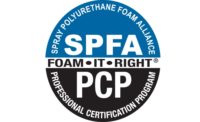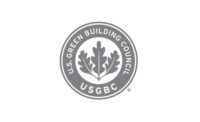USGBC and the American Chemistry Council Work Together

The U.S. Green Building Council and the American Chemistry Council (ACC) announced a new initiative designed to ensure the use of sustainable and environmentally protective products in buildings by applying technical and science-based approaches to the LEED green building program. This new initiative acknowledges USGBC’s success in leading the transformation of the built environment and sets up a pathway to take advantage of the materials science expertise of ACC and its members.
“USGBC and ACC share the goal of advancing sustainability in the built environment, and we will work together to take advantage of our collective strength and experience,” said Rick Fedrizzi, president, CEO and founding chair, USGBC. “The looming impacts of climate change and the possibilities of improving human health and wellbeing favor collaboration and engagement as key strategies. The goal is forward progress.”
ACC President and CEO Cal Dooley noted, “Modern energy efficiency gains, building safety advances and carbon footprint reductions would not be possible without the products of chemistry. From windows to insulation, adhesives to flooring, chemistry provides solutions that enable the energy efficient and sustainable buildings that consumers expect in today’s world. By combining USGBC, a leader of the green building movement, with the scientific know-how of ACC, we can develop a path to stronger, science-based standards that achieve measurable progress in sustainability.”
LEED is regularly updated through a rigorous development process that includes public comments, technical review and balloting. USGBC and ACC will work within that framework to incorporate state-of-the-art safety, sustainability and life-cycle based approaches to LEED. LEED has facilitated advances in building technologies, integrated design and operating practices, as well as the tremendous growth of the green building sector, which supports or creates 7.9 million jobs across all 50 states and contributes $554 billion to the U.S. economy annually.
Looking for a reprint of this article?
From high-res PDFs to custom plaques, order your copy today!






